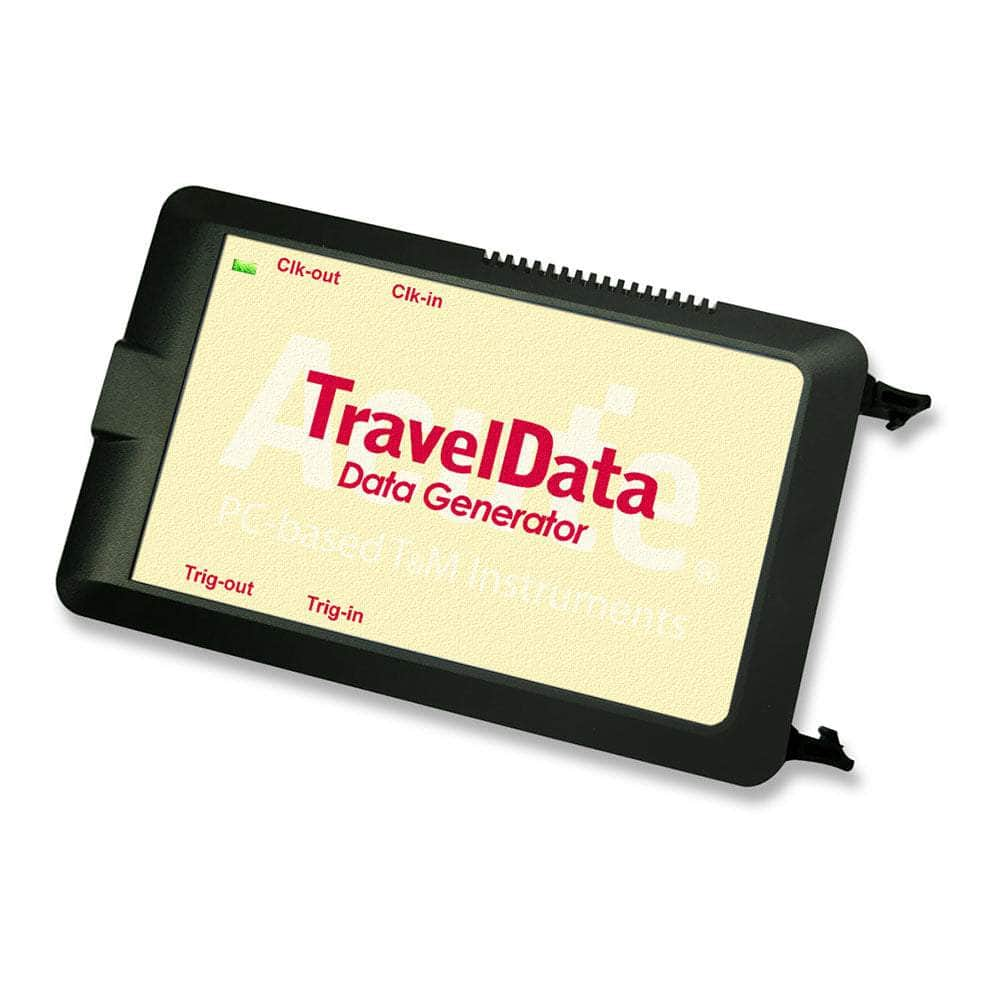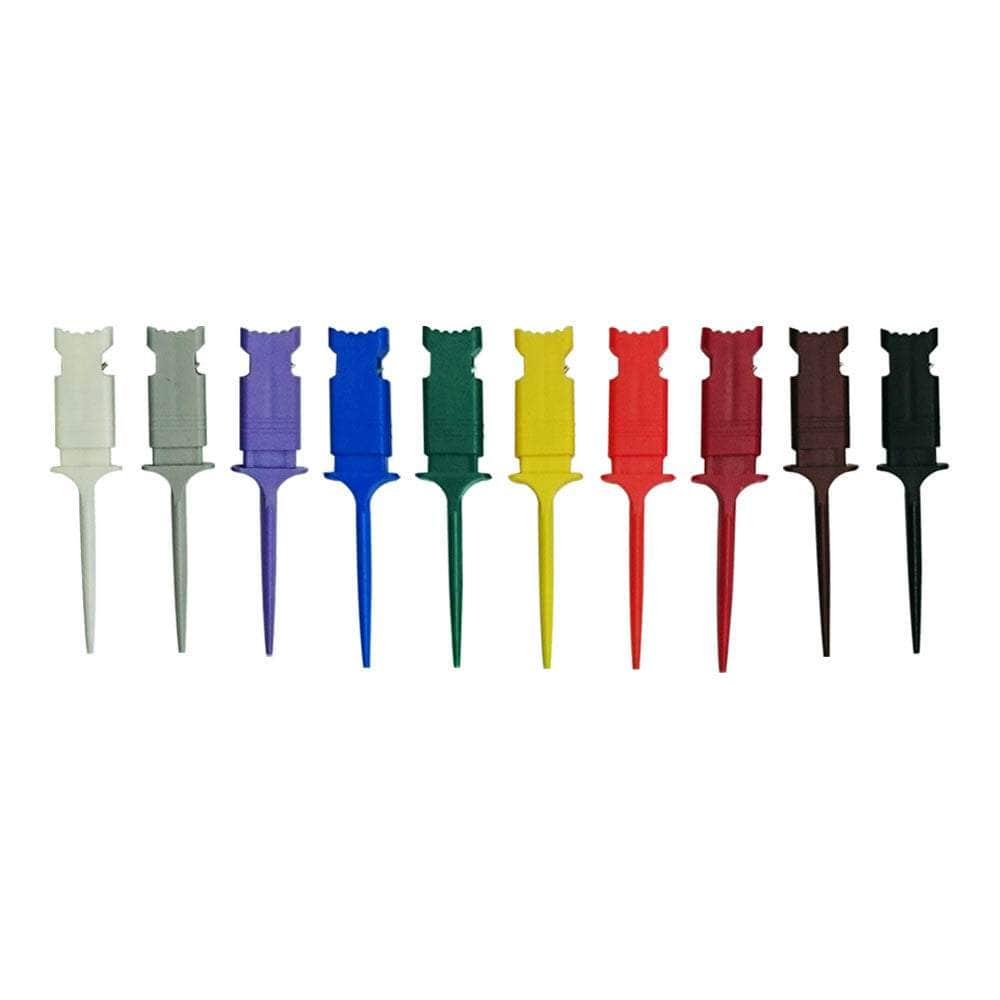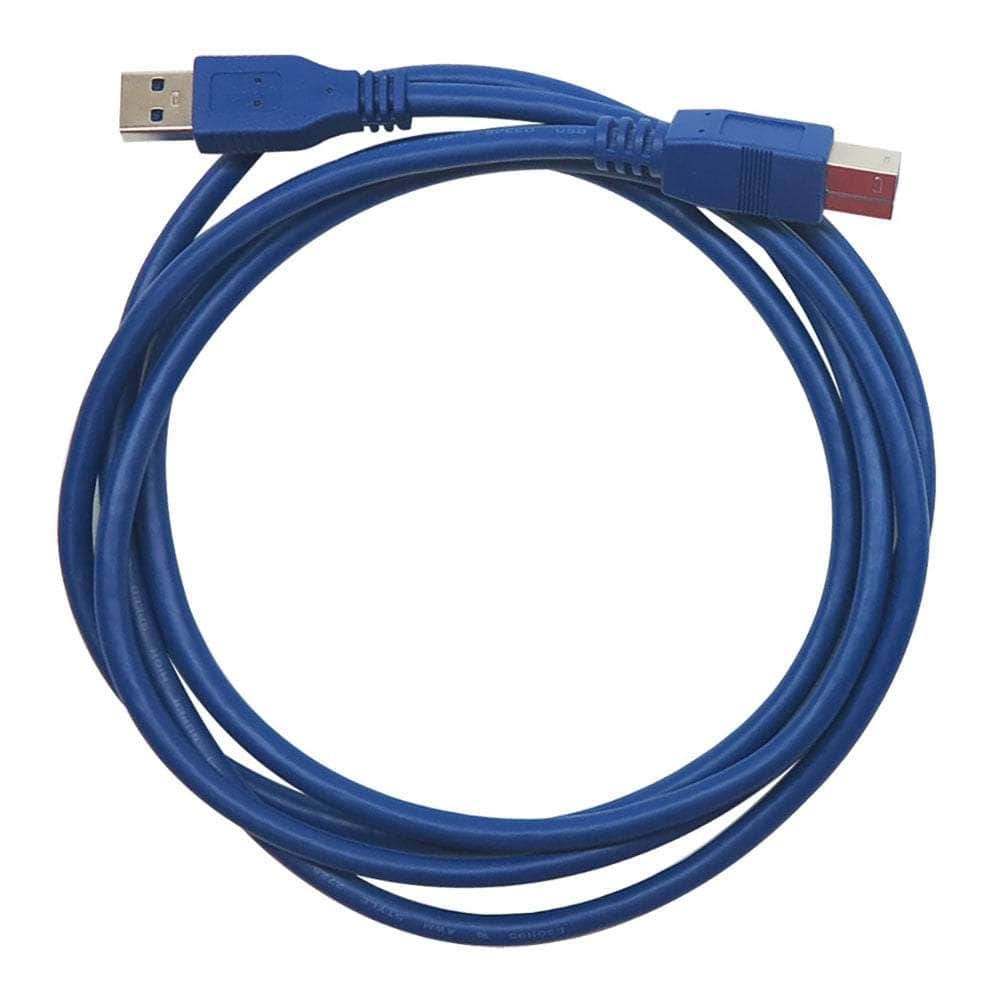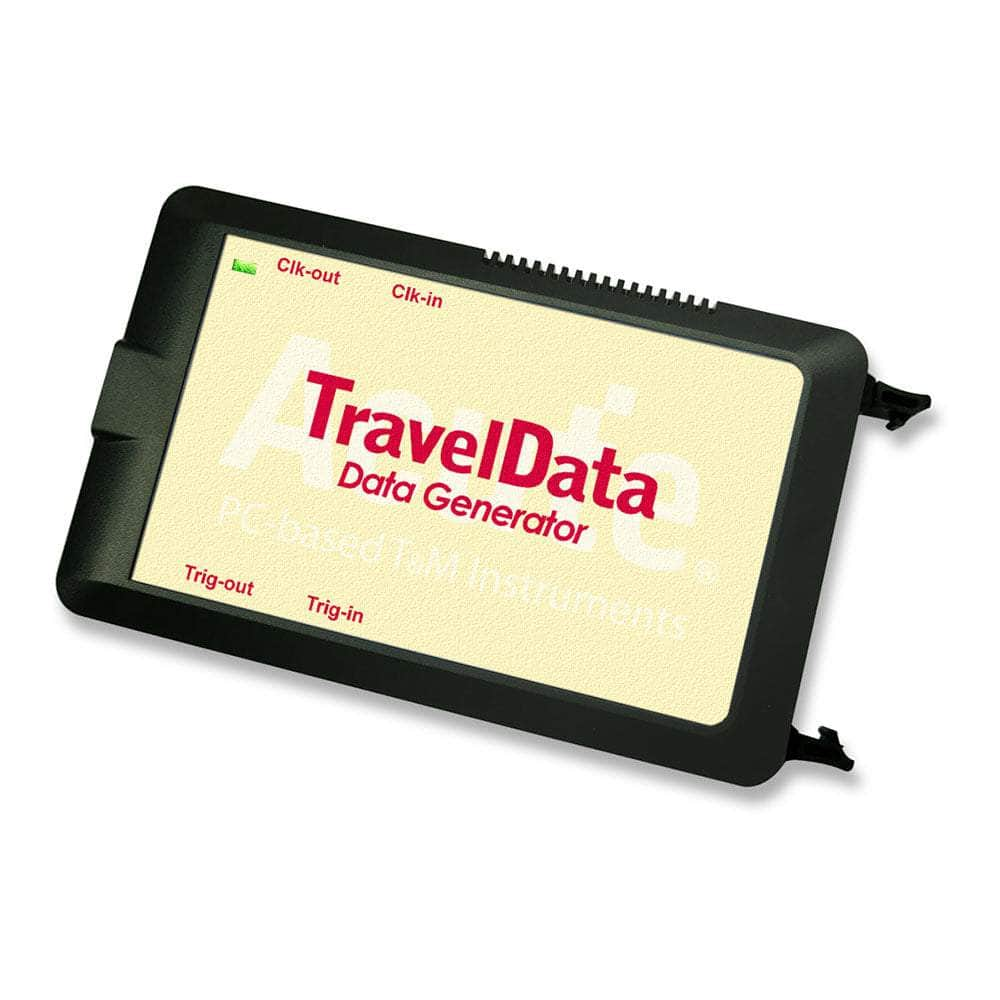

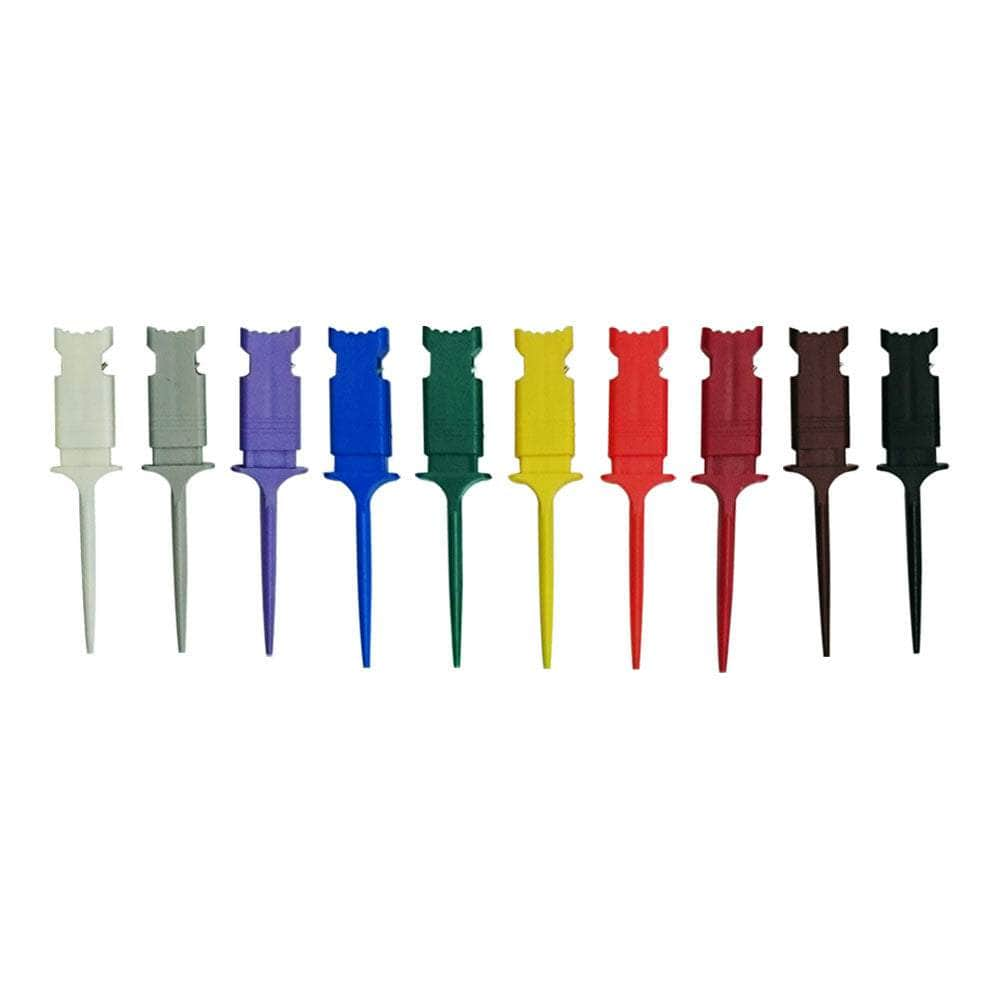
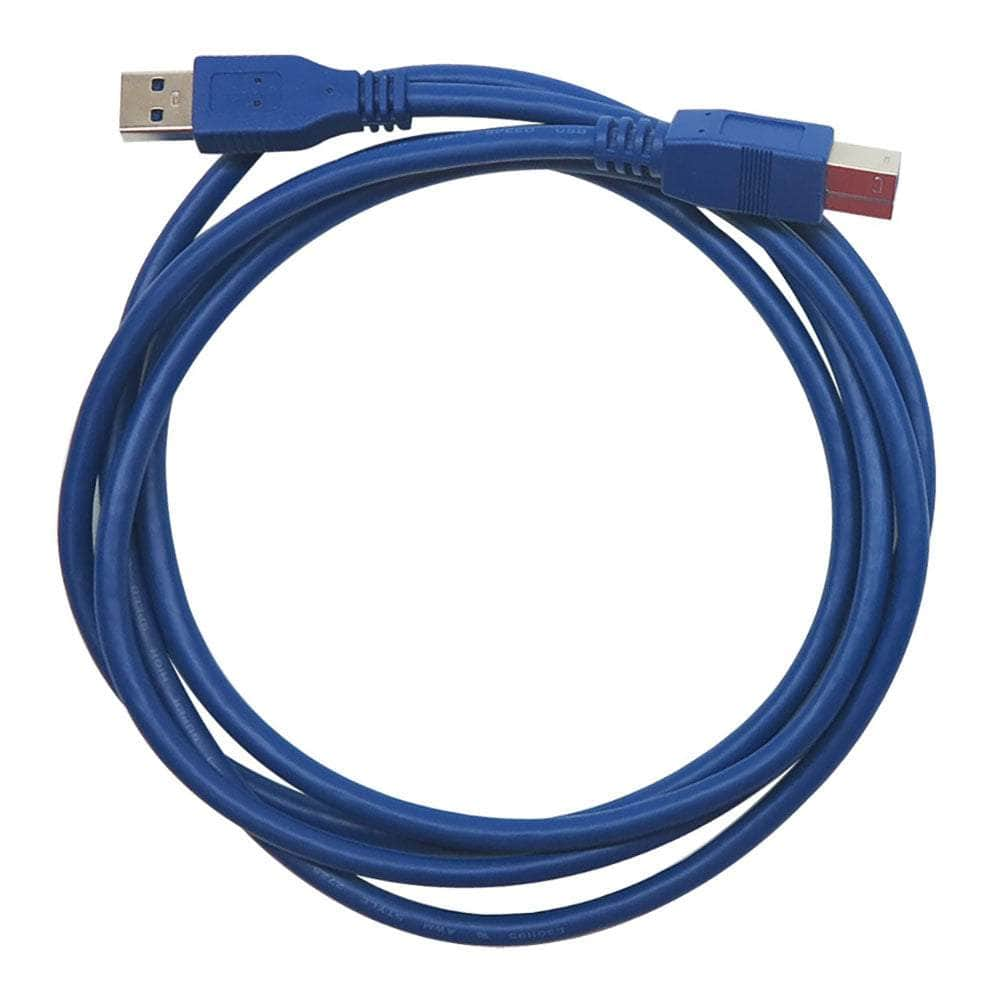
Key Features
Overview
The Acute Technology TravelData TD3116E/TD3216E is a compact, PC-based digital pattern generator for exercising and validating digital interfaces. Via USB 3.0, it provides up to 16 data output channels plus dedicated event inputs for flexible triggering and synchronisation. A programmable clock supports very low rates for bring-up through to high-speed operation, while deep per-channel memory allows long, repeatable stimulus sequences.
The TravelData family includes multiple variants. If you need a smaller channel count, see the related TD3008E 8-channel model. All models use the same Windows application for editing vectors, importing user patterns (e.g., VCD/CSV) and generating common bus protocols such as I²C, SPI, PWM and others. Typical use cases include protocol emulation, state machine testing, power-up sequencing, and regression stimulus during firmware iteration.
Why consider TravelData?
Engineers choose TravelData when they need a portable digital stimulus tool that exceeds the capabilities of simple GPIO toggling or microcontroller test code. Compared with bench instruments, it offers a small footprint, deep vector memory, multi-channel correlation and an affordable route to complex, protocol-aware testing—ideal for lab or field use with a laptop.
Downloads
Entfesseln Sie Ihr Testpotenzial mit dem TravelData-Datengenerator von Acute Technology
Der Datengenerator TravelData TD3000 von Acute Technology ist die ultimative Lösung zum Generieren hochwertiger Testdaten zur Überprüfung elektronischer Designs. Mit seinen leistungsstarken Funktionen und der intuitiven Software ermöglicht der TD3000 Ingenieuren die einfache Validierung ihrer komplexesten Systeme.
Flexible und anpassbare Testdatengenerierung
Mit dem TD3000 können Sie:- Generieren Sie bis zu 16 Kanäle mit Testdaten bei atemberaubenden Geschwindigkeiten von bis zu 200 Mbit/s pro Kanal.
- Erstellen Sie komplexe Wellenformen und Datensequenzen mit Zeichenwerkzeugen oder Skriptdateien
- Passen Sie Parameter wie Spannung, Frequenz, Arbeitszyklus und mehr an, um die vollständige Kontrolle zu erhalten
- Simulieren Sie Industriestandardbusse wie I2C, SPI und MIPI
- Integrieren Sie externe Signale mit drei flexiblen Ereigniseingangskanälen
Egal, ob Sie einfache digitale Muster oder komplexe Schnittstellen wie MIPI RFFE simulieren müssen, der TD3000 bietet alles. Die erweiterte TravelData-Software vereinfacht die Konfiguration Ihrer Testfälle.
Optimiert für Portabilität und Komfort
Trotz seiner leistungsstarken Funktionen bietet der TD3000 einen kompakten, tragbaren Formfaktor. Er wird über USB 3.0 angeschlossen und vollständig vom Hostcomputer mit Strom versorgt. Die robuste Aluminiumkonstruktion gewährleistet Zuverlässigkeit auch in anspruchsvollen Umgebungen. Ob im Labor, in der Produktion oder im Außendienst, der TD3000 liefert grundsolide Leistung.
Steigern Sie die Produktivität und beschleunigen Sie die Markteinführung
Mit dem TD3000 können Sie Designs schneller validieren und die Markteinführungszeit verkürzen. Mit der Möglichkeit, komplexe Testfälle auf Knopfdruck zu generieren, können Sie sich auf Designinnovationen konzentrieren, anstatt Testbänke zu bauen. Acute Technology verfügt über jahrzehntelange Erfahrung in der Bereitstellung fortschrittlicher Test- und Messlösungen für Kunden weltweit. Mit dem TravelData TD3000 als Copilot können Sie Ihr wahres Testpotenzial entfalten.| General Information | |
|---|---|
Part Number (SKU) |
TD3116B
|
Manufacturer |
|
| Physical and Mechanical | |
Weight |
1.0 kg
|
| Other | |
Warranty |
|
HS Code Customs Tariff code
|
|
EAN |
5055383616794
|
Frequently Asked Questions
Have a Question?
-
How can I create or edit a waveform?
Use the TravelData Windows application (64-bit). Start a new pattern, set the clock and output levels, then assign channels. You can enter vectors in the timing table or edit them in the waveform view, add repeats/loops and delays, place markers, and group lines into buses. To speed setup, load a protocol template (e.g., I²C, SPI, PWM, I3C/RFFE) and adjust fields such as addresses and timing. You can also import vectors from CSV or VCD files, refine them in the editor, preview timing, and then download the pattern to the generator with your chosen run/trigger settings.
-
Is there a lower-cost, lower-channel model?
Yes—the TravelData TD3008E offers 8 channels and shares the same software and accessories.
-
Can I synchronise pattern generation to external events?
Yes—dedicated event inputs enable trigger, gate or sequence control from your DUT or other instruments.
-
How does this compare with high-end benchtop pattern generators?
Benchtop units (e.g., high-speed Keysight platforms) offer higher maximum rates and analogue capabilities but are larger and costlier. TravelData focuses on portable, deep-memory digital stimulus for embedded buses.
-
Can I import patterns from simulation or captures?
Yes—import VCD/CSV vectors, or start from protocol templates, then edit in the waveform editor.
-
What operating systems are supported?
The application is Windows-based (x64), with USB 3.0 connectivity.
-
How fast can it run?
The internal clock supports low-frequency generation for power-up sequencing through to high-speed operation suitable for many digital interfaces.
-
What output levels are available?
Output amplitude is programmable with support for Hi-Z, allowing level matching to typical logic families during bring-up and debug.
-
How many channels can I drive concurrently?
Up to 16 digital outputs can be driven in parallel, with additional event inputs available for triggering and synchronisation.
-
Does it support common serial protocols?
Yes—templates cover popular buses (e.g., I²C, SPI, PWM and others). You can also create arbitrary vectors or import patterns from VCD/CSV.
-
What is the difference between TravelData variants?
TravelData models share software and I/O but differ in channel count and pattern memory depth. Choose the channel count and memory that match your test vectors’ length and parallelism needs.

